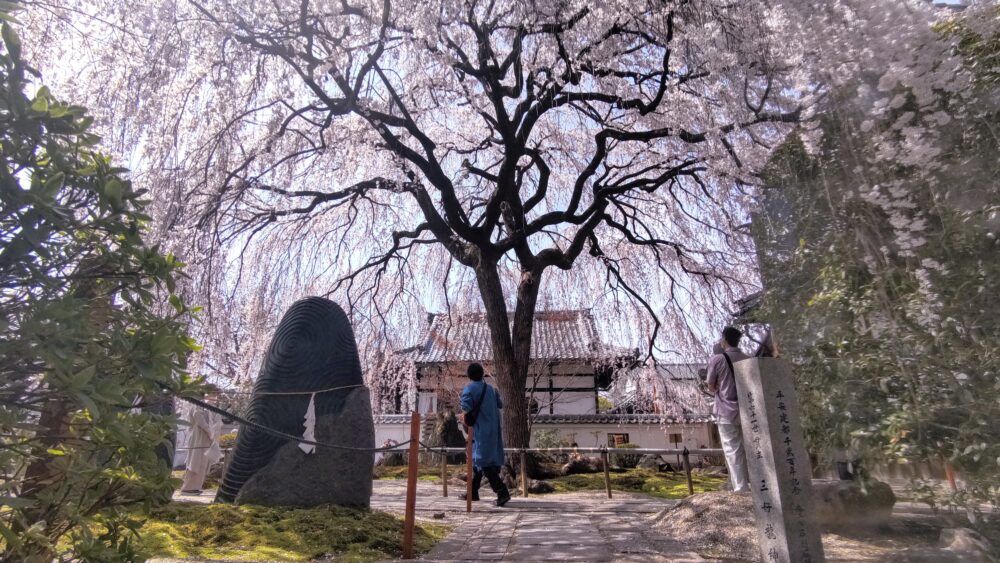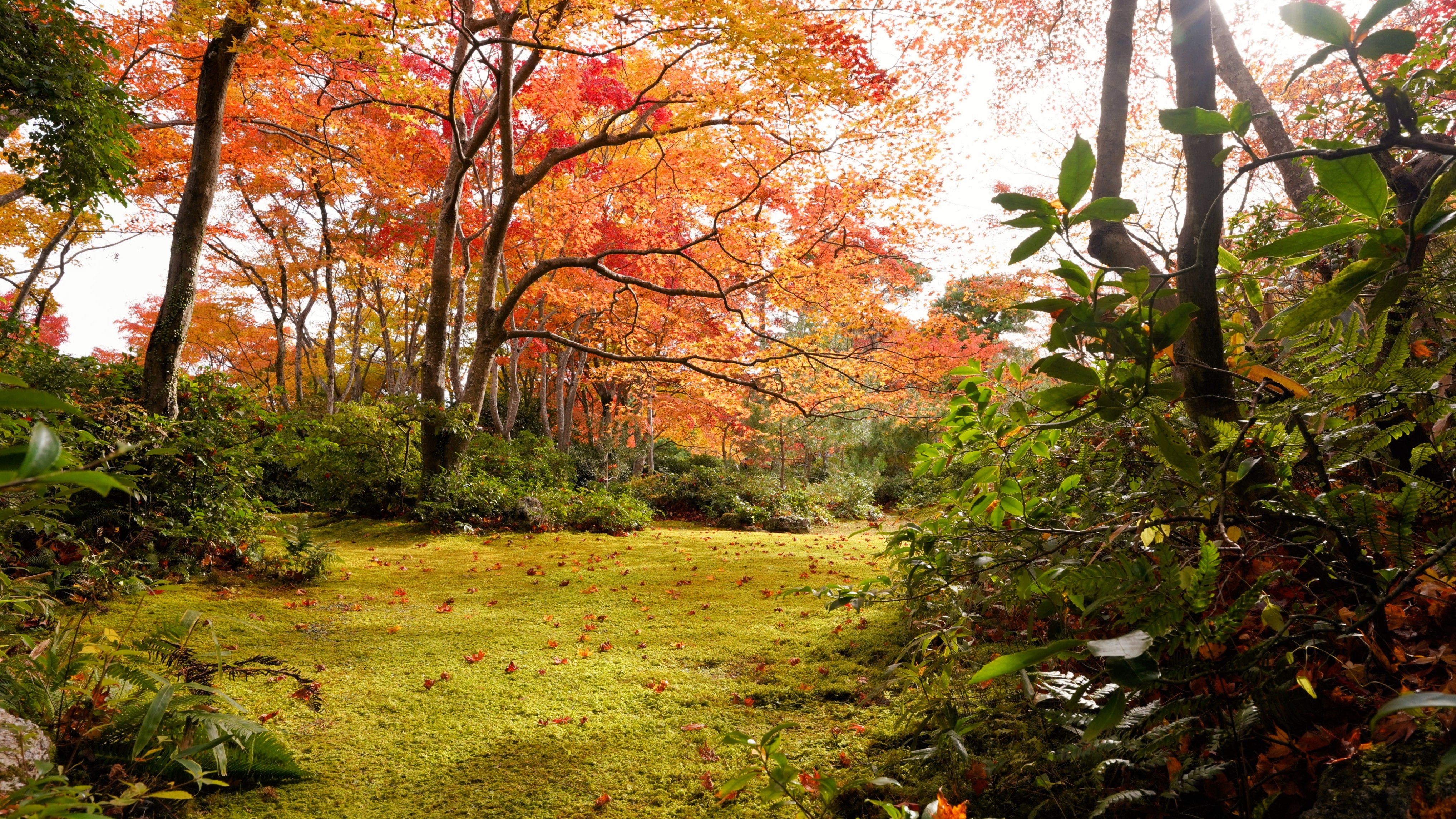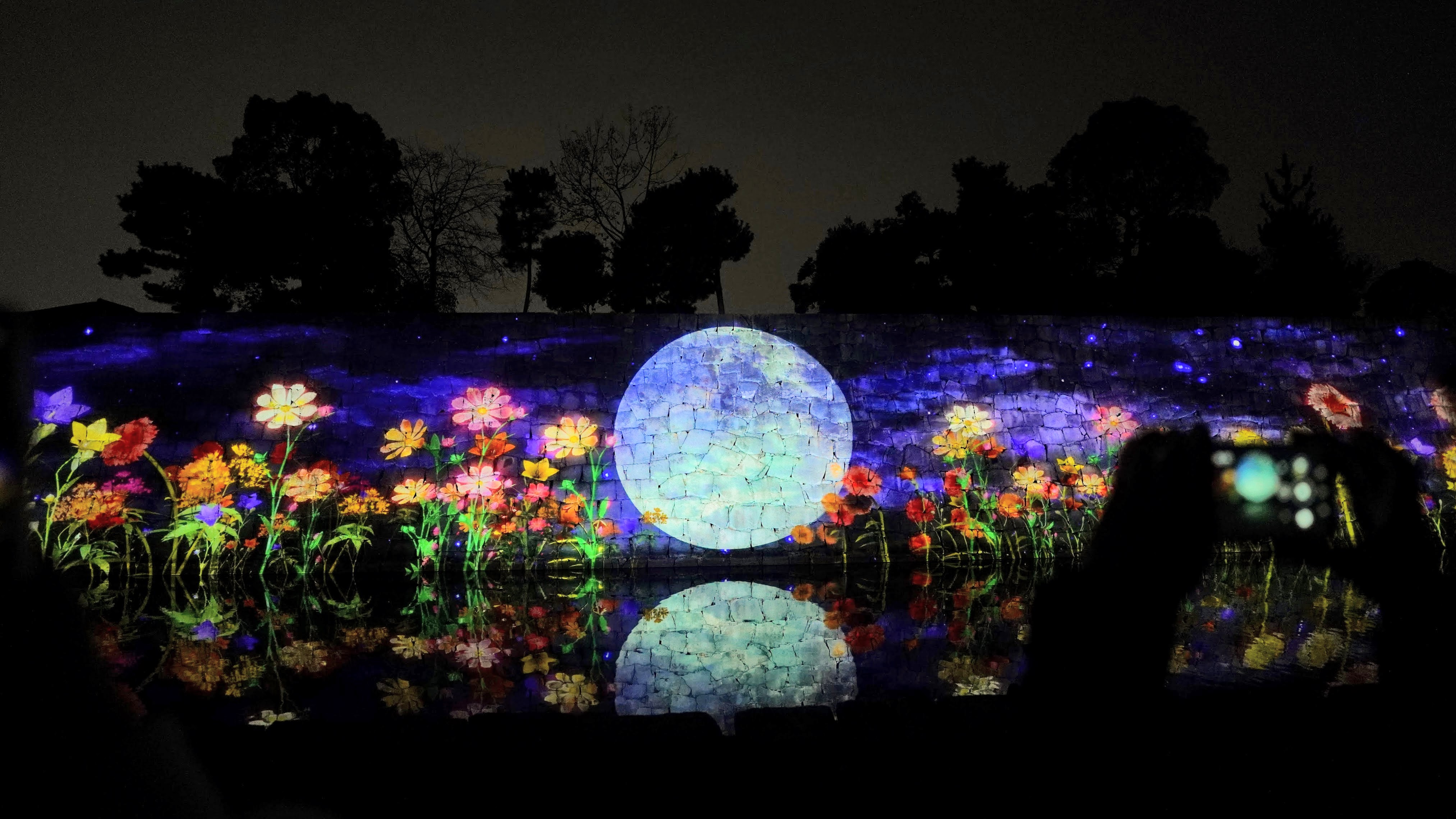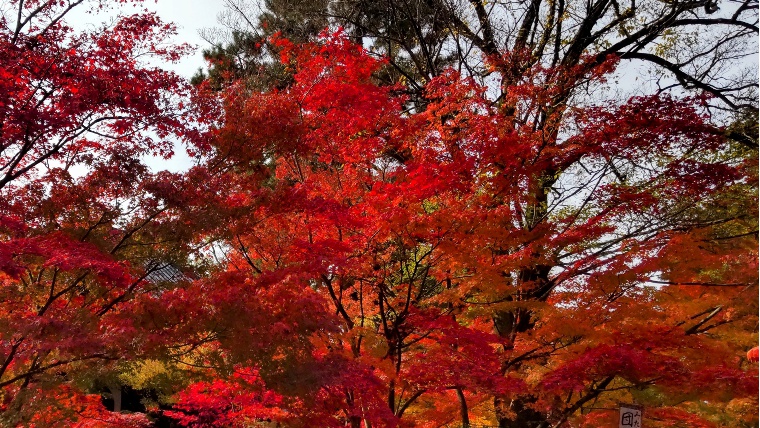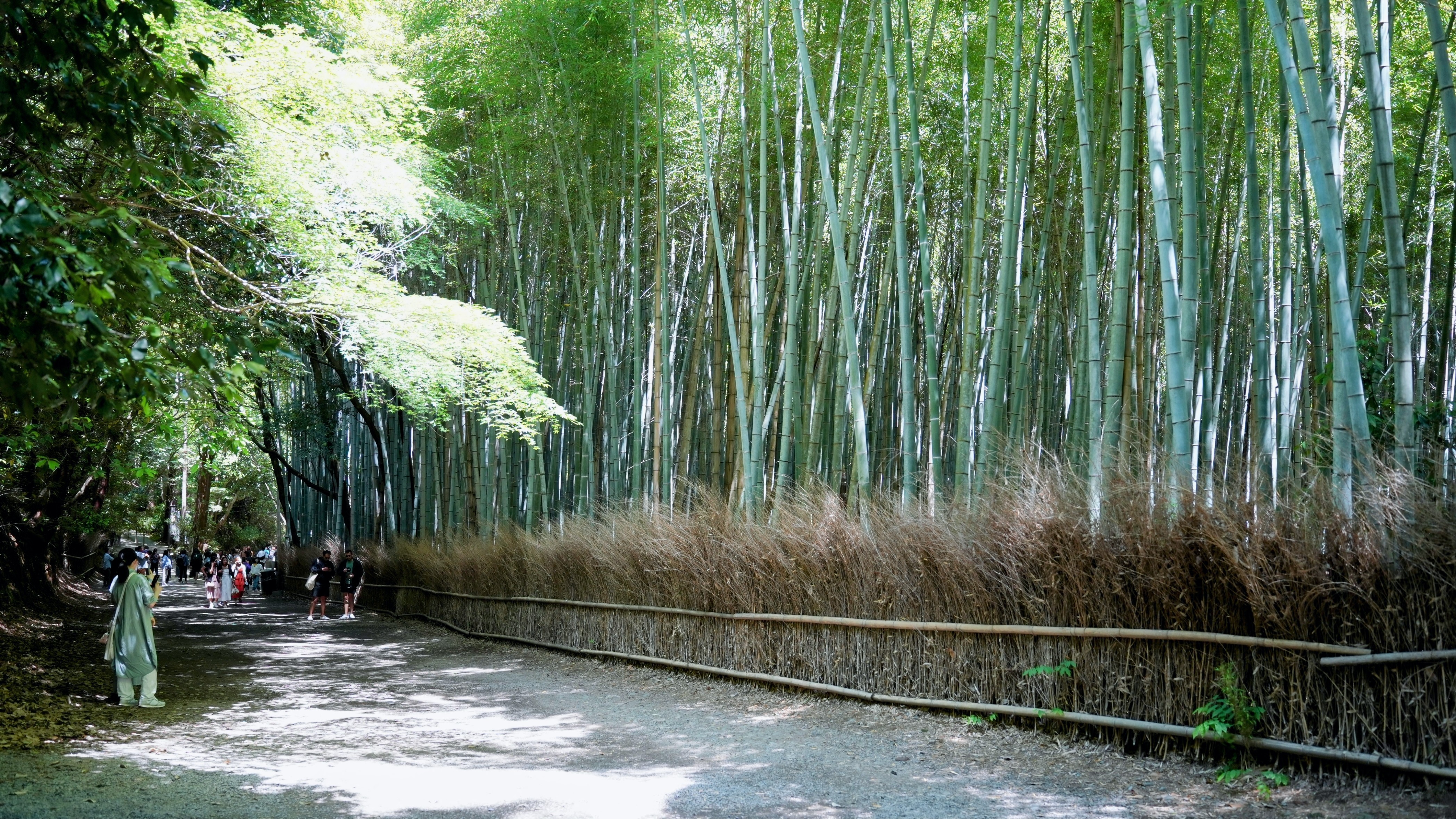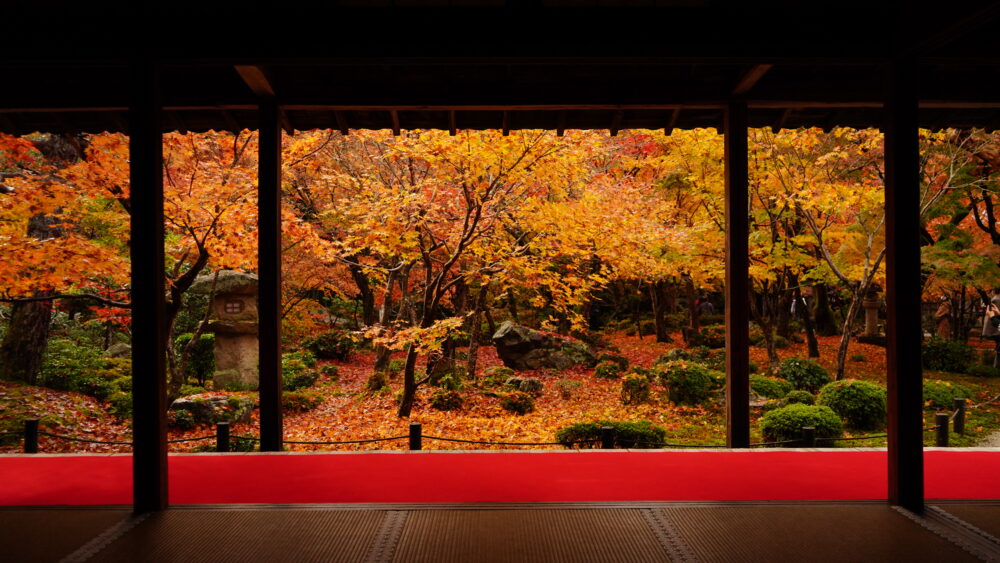Kinkaku-ji Temple: History and Features
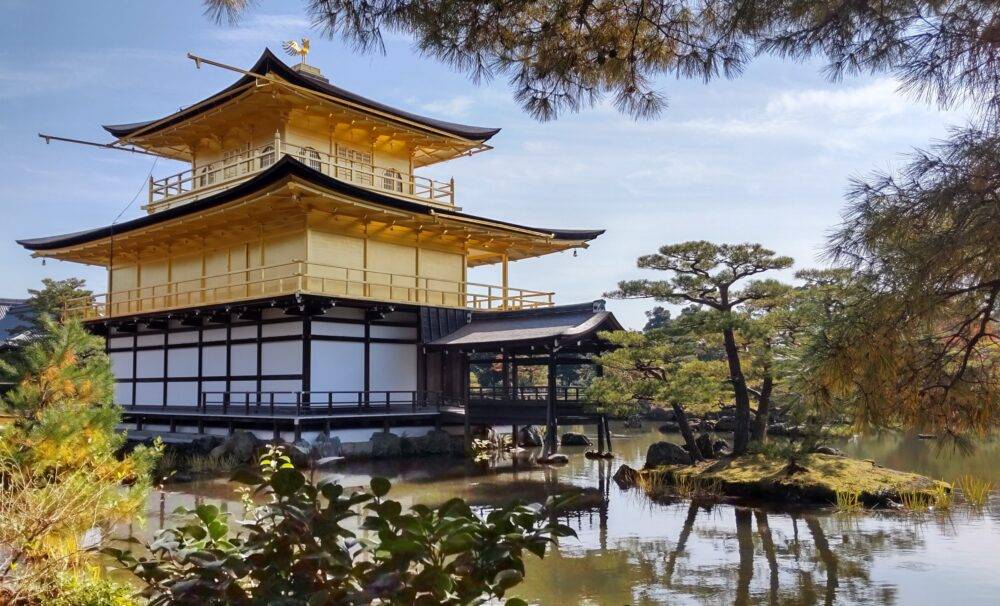
The formal name of Kinkaku-ji Temple is Rokuon-ji Temple, and it is a sub-temple of Shokoku-ji Temple. It is commonly known as Kinkaku-ji because the Shakaiden hall, or “Kinkaku,” is particularly famous. It is a popular tourist destination in Kyoto, with over 5 million visitors annually.
History
In 1397, the third shogun of the Muromachi shogunate, Ashikaga Yoshimitsu, purchased a villa and garden in Kitayama from the Saionji family, a branch of the northern Fujiwara clan. He began the construction of Kitayama-dono, a villa for his exclusive use. In 1398, Kinkaku-ji, the main hall of Kitayama-dono, was completed, and Yoshimitsu conducted political affairs there. In 1408, Emperor Gokomatsu visited Kitayama-dono and stayed there. Shortly thereafter, Ashikaga Yoshimitsu died.
In accordance with his dying wish, Kitayama-dono was converted into a temple and named Rokuon-ji in 1420, . The tea house, Sekkatei, was built in 1624. In 1467, Kinkaku-ji was damage during the Onin War , but the Golden Pavilion remained unharmed.
In 1950, the Golden Pavilion was completely destroyed by arson. After three years of reconstruction based on historical records, the Golden Pavilion was restored in 1955. The renovation of the Golden Pavilion and the re-application of gold leaf were completed in 1987.
In 1994, Rokuon-ji(kinkaku-ji) was inscribed on the UNESCO World Heritage List.
Features of Kinkaku-ji Temple
Route from the Entrance to the Reception
Kuromon Gate
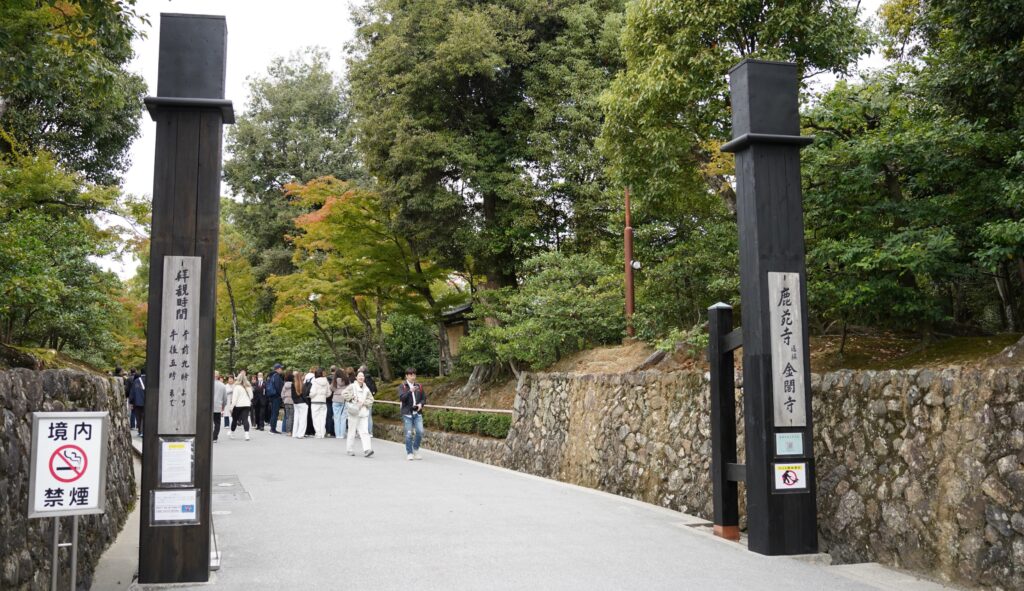
Kinkaku-ji temple can be accessed from the nearest bus stop, Kinkaku-ji michi, and then a short walk west on Kinkaku-ji street will lead you to this distinctive black gate (meaning “black gate”). Although it is called a gate, it looks more like a pillar. This distinctive gate marks the entrance to a gravel path through the temple grounds.
Somon Gate
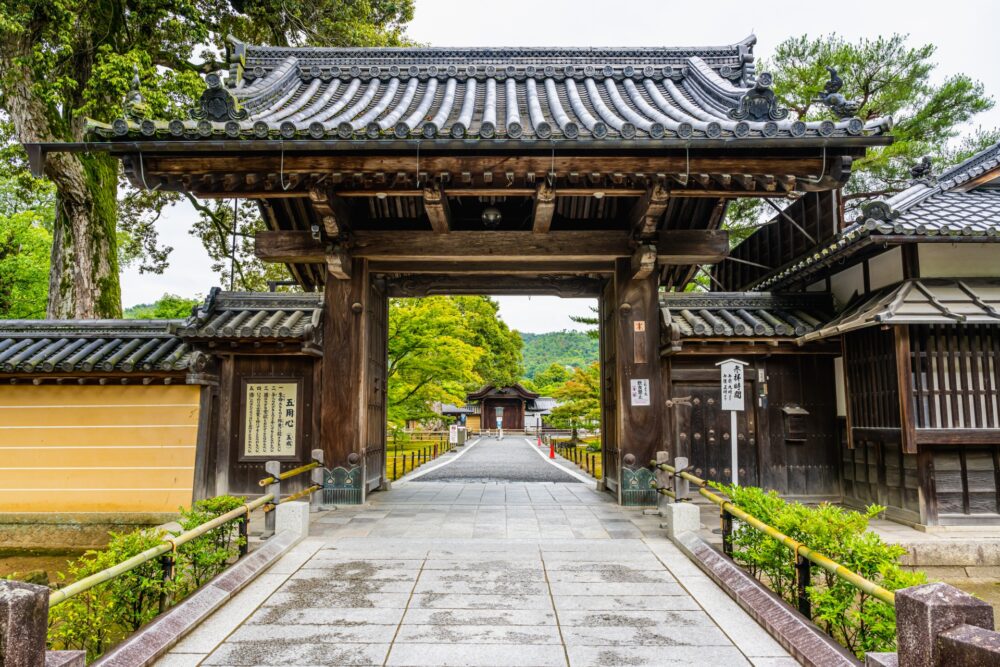
Continuing along the path, you’ll come to the main entrance of Kinkaku-ji, the Somon Gate. On the earthen walls of this gate, you’ll find white lines indicating the rank of the temple. Five lines is the highest rank, signifying the prestigious status of Kinkaku-ji. On a sign to the left of the gate, there are five precepts (goyojin) that Buddhists should follow: “Do not kill,” “Do not steal,” “Do not commit sexual misconduct,” “Do not lie,” and “Do not drink alcohol.
Hojo
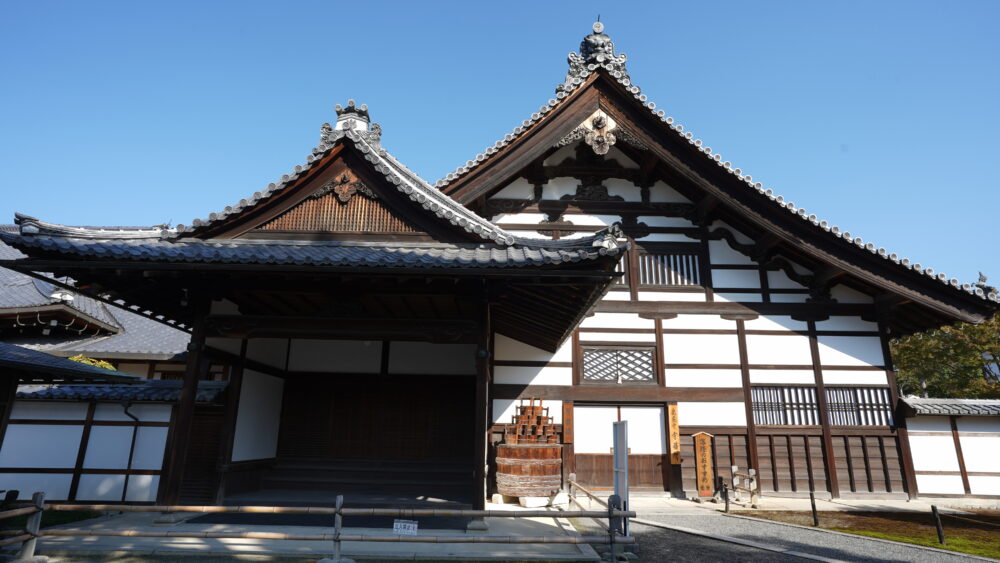
The Hojo is the main hall and a reception hall for visitors. Damaged during the Onin War, it was rebuilt in 1678 with a donation from Emperor Gomizuno. Although not normally open to the public, the Hojo is specially opened in the fall to allow visitors to see the standing Kannon Bodhisattva statue. Visitors can also enjoy the adjacent kare-sansui (dry landscape) garden.
Reception and Sanpai Gate
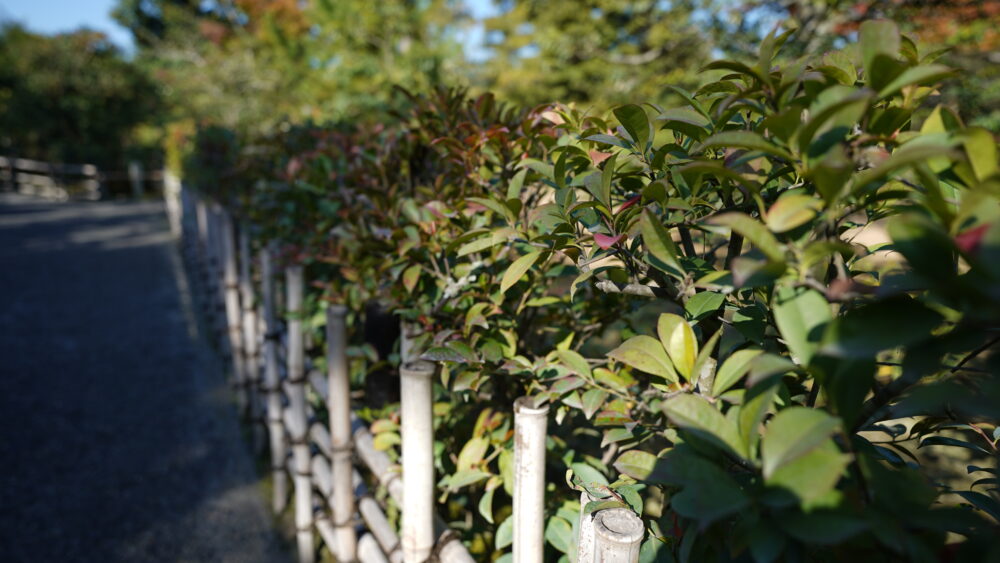
After purchasing a ticket at the reception located next to the Hojo, you pass through the Sanpai gate and follow a narrow path leading to Kyoko-chi Pond. Along this path, various evergreen trees such as camellias, Eurya japonica Thunb, and Japanese ternstroemia are planted. The selection of evergreens is resembled of those used in “Roji”, the pathway to a teahouse garden, suggesting that this path may have once been part of a sequence of tea ceremony way leading to Sekkatei which is teahouse garden in Kinkaku-ji Temple. However, given Kinkaku-ji’s immense popularity, it’s possible that deciduous trees were planted later.
Around Golden Pavilion
Kinkaku(Shariden)

The official name of the Kinkaku is “Shariden”, which means a hall where Buddha’s ashes are kept. This three-story building is completely covered in gold leaf from the second floor up, hence its popular name, “Kinkaku” means Golden Pavilion. Each floor is designed in a different style. The first floor is made of simple woods and white plastered walls, and houses a seated statue of the temple’s founder, Ashikaga Yoshimitsu. The second floor, known as “Cho-on-do,” is built in the shoin-zukuri style, representative of samurai residences. The third floor, called “Kukkyo-cho” (Ultimate Peak), is where the Buddha’s relics and ashes are enshrined. On the wooden shingle roof is a golden phoenix that seems ready to take flight.
Kyoko-chi pond
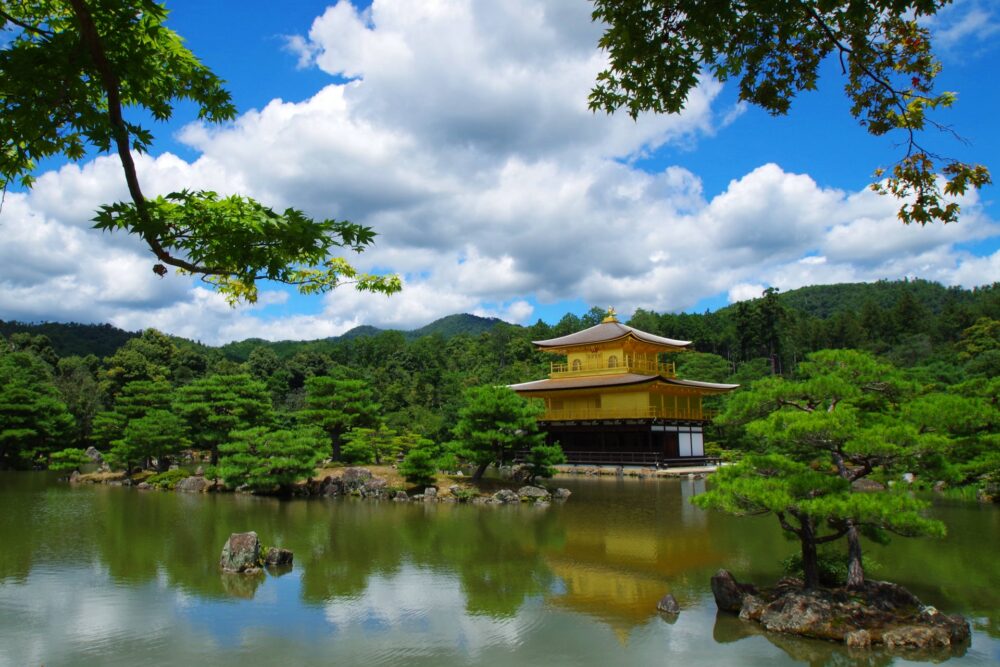
As you proceed from the reception, you will come to Kyoko-chi Pond, which means a large pond with a mirror-like reflection. Kyoko-chi pond is the central feature of the garden, which covers approximately 7,900 square yards (6,600 square meters), or half of the temple grounds. Personally, I think the highlight of Kinkaku-ji is its garden and pond, which surpass other temple gardens. At present, visitors can only walk around the eastern side of the pond on a circuitous route. In the past, however, visitors appreciate the garden from inside the Kinkaku-ji building or by boating on the pond, making the experience even more enjoyable.
The pond contains ten islands and over fifteen rocky islets that together represent the Japanese archipelago. The main islands include Ashihara-jima, Awaji-shima, Kame-jima(Talte Island), Tsuru-jima(Crane Island), De-kame-jima, and Iri-kame-jima.
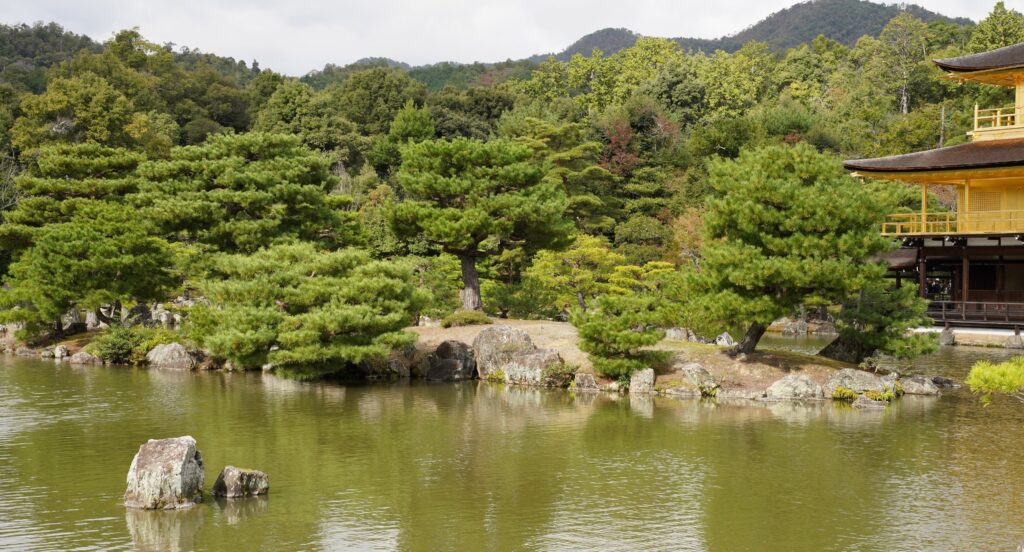
Ashihara-jima: The largest island in the pond, Ashihara-jima represents “Toyohashihara Mizuho no Kuni,” meaning “a land of abundant, lush rice fields,” symbolizing the main island of Japan. This island is adorned with black pine trees, representing longevity.
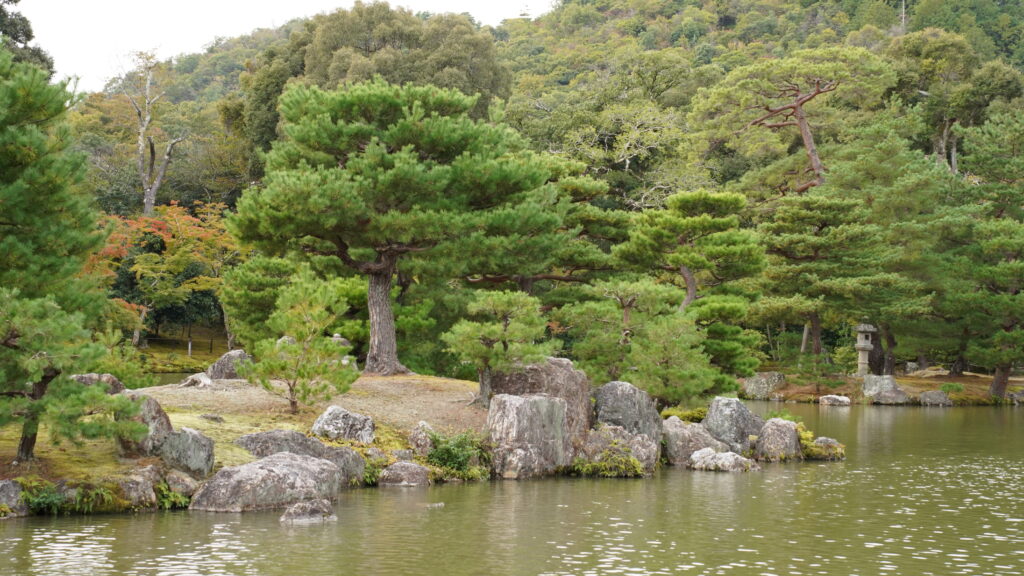
There is a stone arrangement consisting of a large stone in the center and two smaller stones to its right and left. This arrangement symbolizes Sanzon-seki (the Buddhist concept of the trinity): the central stone represents the Buddha, and the two flanking stones represent the attendants.
Awaji-shima: Awaji-shima represents the island of Awaji, which actually exists in Hyogo Prefecture, Japan. According to the Kojiki, Japan’s oldest historical record, Awaji-shima was the first island created by the deities Izanami and Izanagi, symbolizing the beginning of the Japanese archipelago. Like Ashihara-jima, this island has three black pine trees, a lucky number in Japanese culture.
De-kame-jima and Iri-kame-jima: In Japan, turtles are symbols of longevity and good fortune. Kame-jima islands, influenced by Chinese mythology, symbolize Penglai Island, a legendary island believed to appear once every few years in the Bohai Sea. This mythical island was said to be carried on the back of a giant turtle and inhabited by immortals who possessed the elixir of life.
These four islands, while representing the Japanese archipelago, simultaneously symbolize the Four Islands of the Immortals in Chinese mythology (Penglai, Fangzhang, Yingzhou, and Qionglong), making this pond a unique feature.
Rikushyunomatu(white pine tree)
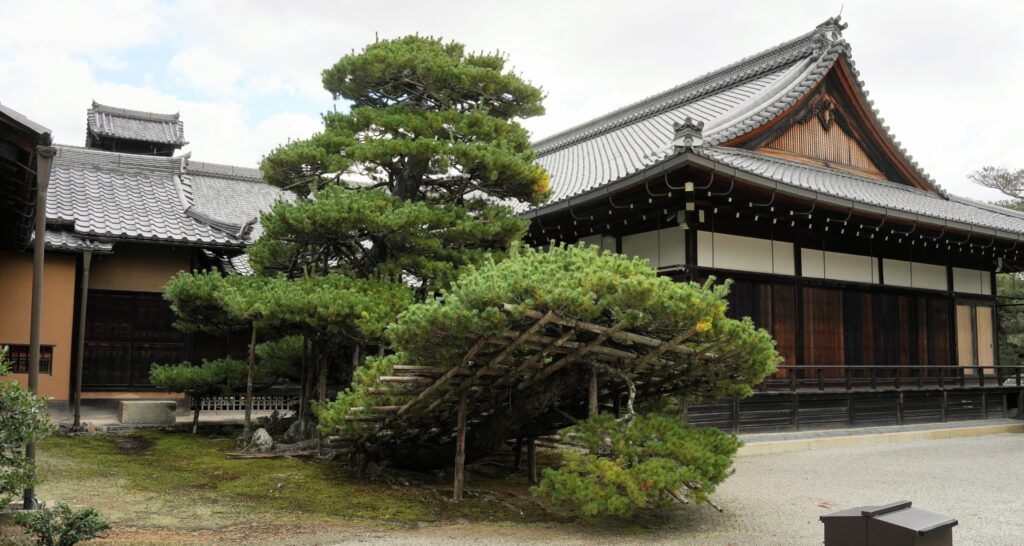
Rikushyunomatu is a massive, approximately 600-year-old Japanese white pine tree in the shape of a boat, located next to the Hojo. It is considered one of Kyoto’s Three Famous Pines and is said to have originated from a bonsai tree cultivated by Ashikaga Yoshimitsu, the third shogun of the Ashikaga Shogunate. The boat-shaped pine tree faces west, symbolizing a journey to the Pure Land in the west.
Route after Golden Pavilion
Ryumonbaku(water fall)
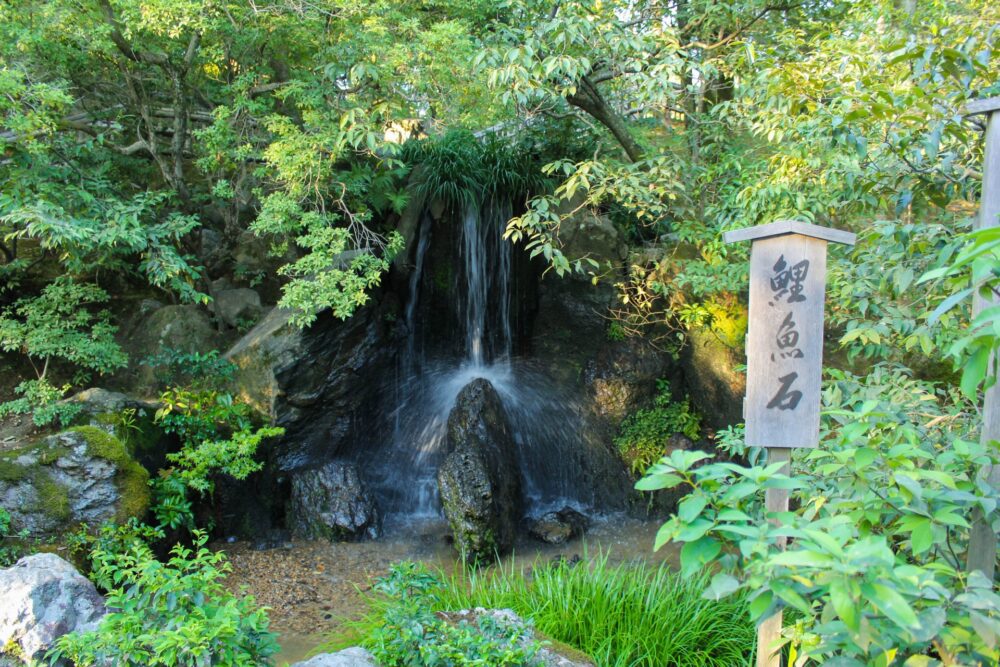
Ryumonbaku is a waterfall and rock arrangement inspired by the legend of the Dragon Gate, in which a carp is said to have transformed into a dragon after jumping up three waterfalls. The central stone represents the carp, and its slightly tilted position, known as “rigyoseki,” captures the moment just before the carp jumps.
Anmintaku(pond)
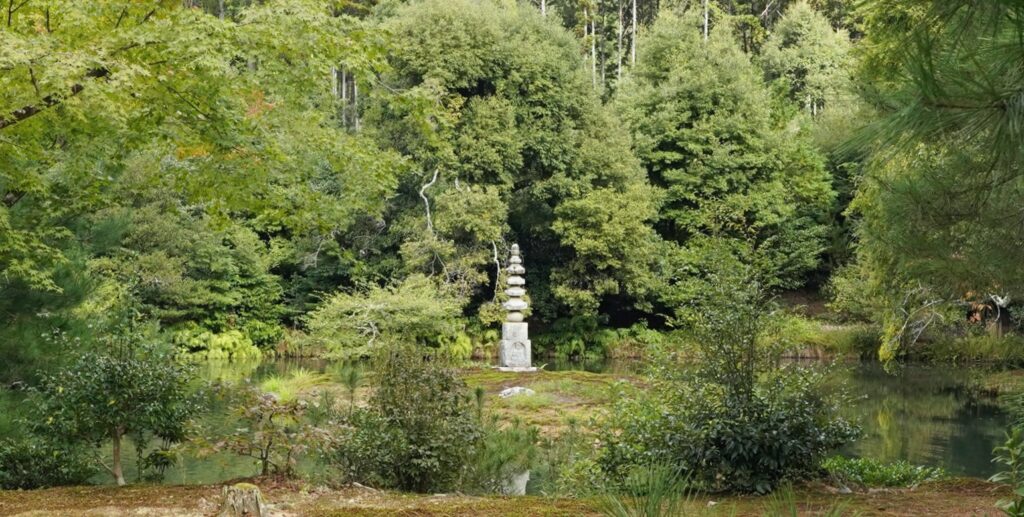
Anmintaku is a pond at the source of Kyoko-chi Pond. In the middle of the pond is an island dedicated to the white snake, a symbol of the water deity. There is also a five-ringed pagoda, a Buddhist funerary monument. From a distance, it appears as if a large white snake is rising, hence the name “White Snake Hill”.
Sekkatei(historical teahouse)
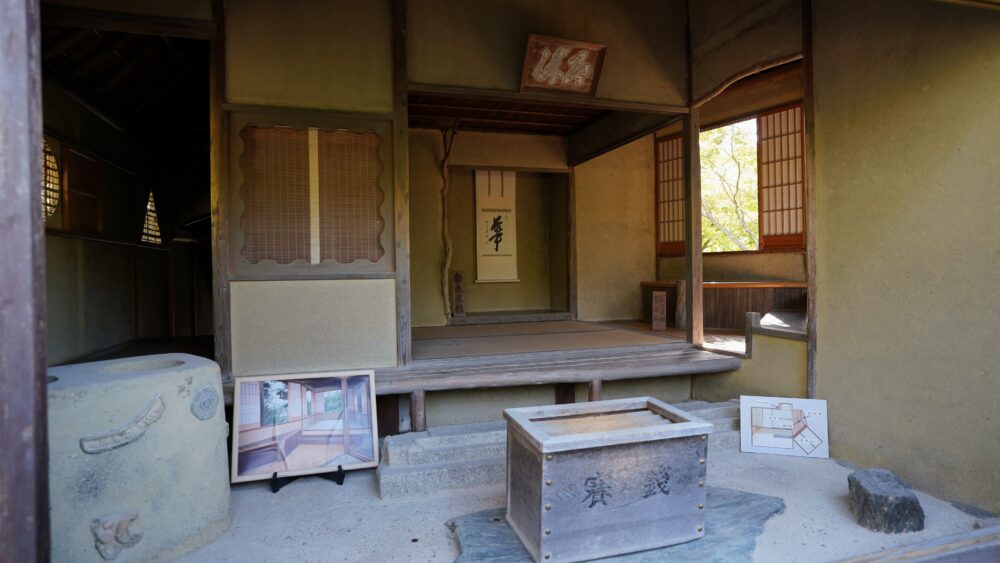
Sekkatei is a teahouse built by the tea master Kanamori Sowa at the request of Horin Josho, the head priest of Kinkaku-ji Temple. Sekkatei was named for the beautiful view of Kinkaku-ji illuminated by the setting sun from the teahouse. Although visitors are unable to enter this tea room as it is an exhibit, the harmonious design of the pillars and fusuma,blending nature and art, stands out even from the outside.
Fudodo(the Jodo sect sub-temple)
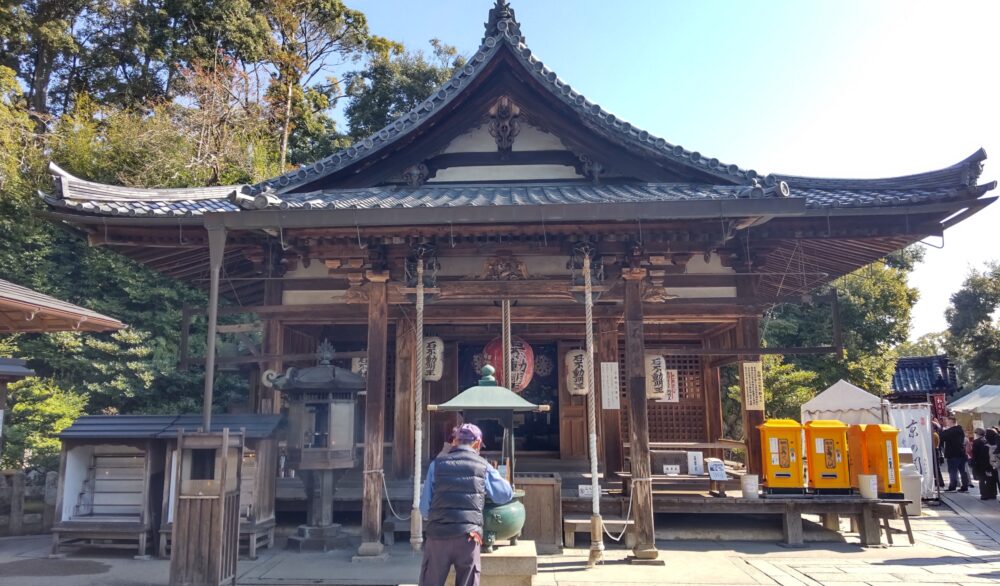
Fudodo was built on the temple grounds in 1225 by Saionji Kintsune, a follower of the Jodo sect of Buddhism before the establishment of Kinkaku-ji Temple. It was destroyed during the Onin War between 1467 and 1477, but was rebuilt in 1592. It is now considered the oldest building on the grounds of Kinkaku-ji Temple. Inside the hall is a stone statue of Fudo Myoo.
Fudodo Chyadokoro(teahouse)
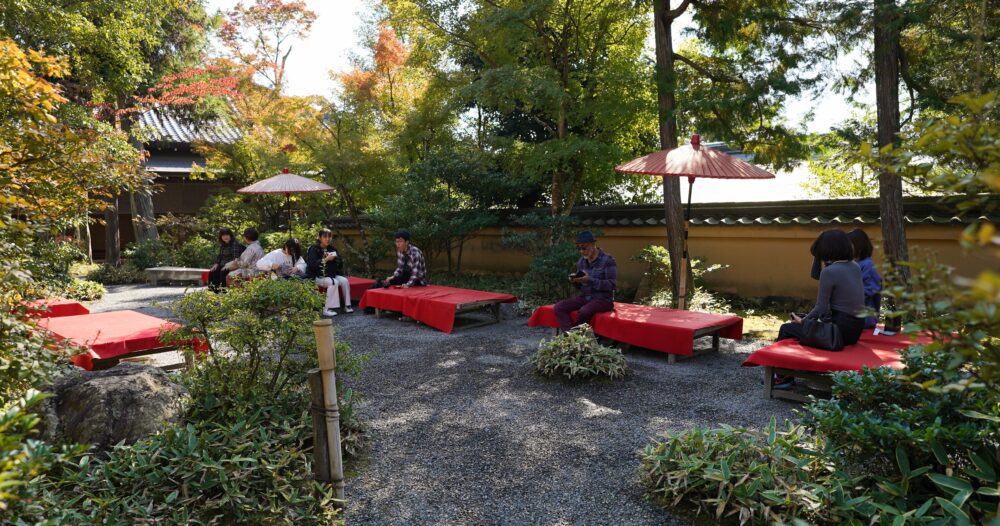
Fudodo Chyadokoro is a teahouse located near the exit of Kinkaku-ji Temple. Inside, the tatami mats are covered with red felt. There are red felt chairs and umbrellas in the garden. The only menu item is a set of matcha green tea and traditional Japanese sweets, which can be enjoyed while admiring the view of the garden.
Information
Open hours
9:00 a.m. – 5:00 p.m.
Regular holiday
None
Admission
Adults: 500 yen
Primary and Middle school students : 300 yen
Address
1 Kinkakuji-cho, Kita-ku, Kyoto 603-8361 Japan
Link
Official website
Kinkaku-ji(English text)
